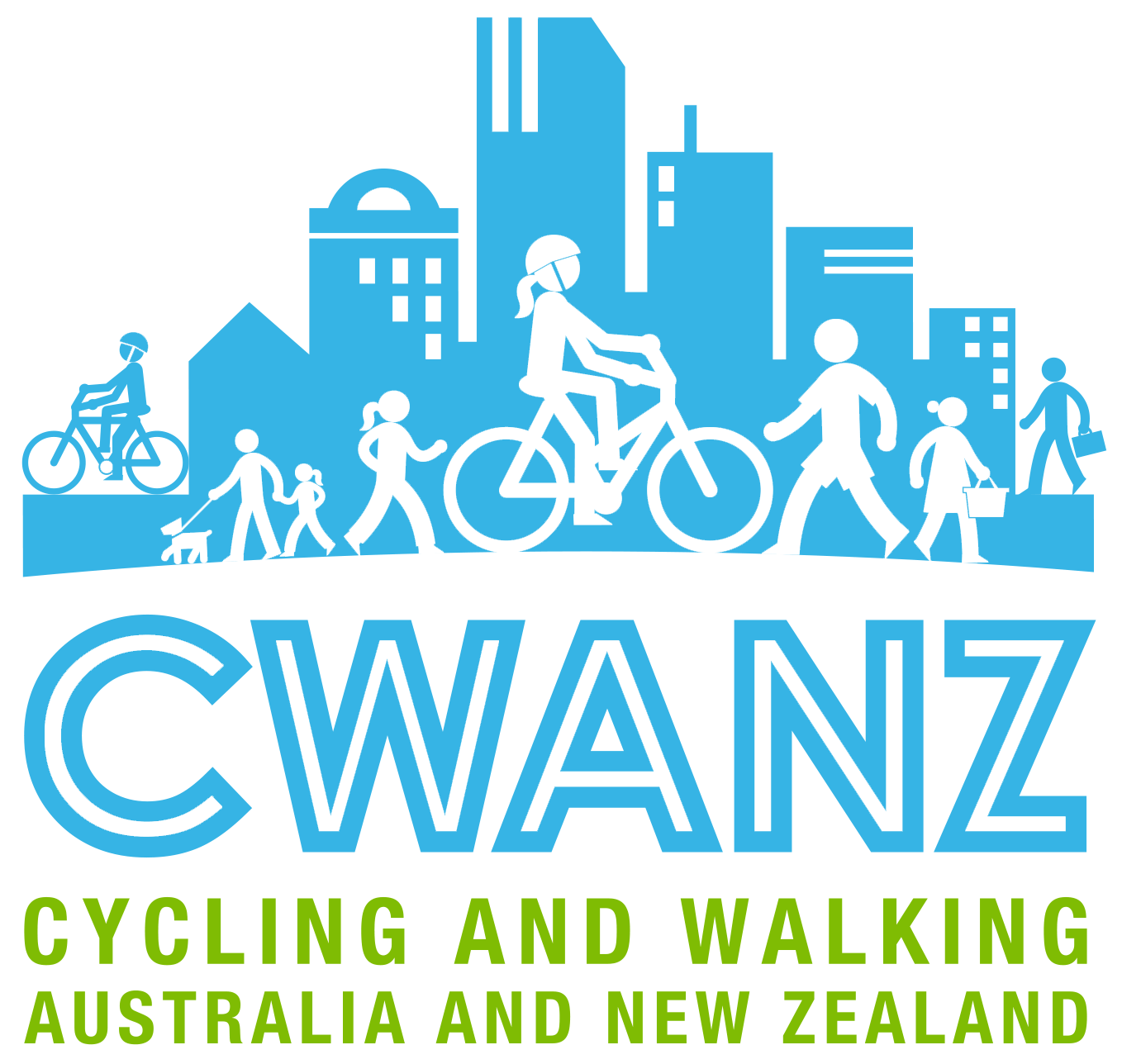At a glance:
- This document (ATAP Part M4) provides specialist Mode Specific Guidance on active travel. It is supported by a Background Report (M4-BR) in the ATAP Technical Support Library covering detailed and technical material.
- The defining characteristic of active travel is that it is ‘human powered mobility’. In this guidance, we interpret active travel as comprising primarily walking and cycling, but can also include use of e-bikes, skateboards, roller skates, roller blades and non-electric scooters. While e-scooters and e-skateboards are not ‘human-powered’, they are also considered here because they share some of the facilities provided for active travel, and hence experience associated benefits. The term micro-mobility is increasingly used to refer to all of these modes of transport.
- Evidence-based assessment of problems and opportunities is the starting point for considering active travel improvements. Problems include: poor weather; lack of infrastructure or appropriate facilities; poor access and connectivity; physical safety concerns; lack of security; inadequate ancillary infrastructure; and poor knowledge and awareness of available facilities and benefits. Opportunities include: reducing health, environmental and road congestion problems by shifting trips from car to active travel; improving accessibility; and reducing inequity for those too young or old to drive, and other people facing transport access difficulties.
- A wide range of options for addressing a problem or opportunity should be generated and assessed. A full range of options are outlined here. Active travel network design principles are presented: cohesion, directness, safety, comfort, and attractiveness. These assist in the identification of suitable improvement options. A network, and individual improvements, designed with such principles maximises the size of potential mode shifts to active travel.
- Active travel improvement options are assessed using the same approach used elsewhere in the Guidelines, namely: strategic alignment; and appraisal using cost-benefit analysis of monetised benefits and costs, complemented by non-monetised benefits and costs.
- Similar to the assessment of other transport modes, benefits consist of:
- User benefits to active travellers (safety, travel time, private health benefits from physical activity, walking environment amenity benefits)
- Any resource cost corrections required for unperceived user costs, and
- External benefits from reductions in external cost to third parties (road decongestion, reduced emissions and improved air pollution, reduced health system costs).
- The guidance provides explanations of individual benefits, and steps, methodologies and parameter values for their estimation. Appropriate application of the rule-of-a-half to perceived user costs for new active travel trips (diverted from other modes, and newly generated) is also explained.
- The currently available approaches to active travel demand estimation are summarised: a) simpler estimation approaches (comparison studies, sketch planning, aggregate behaviour studies); b) demand elasticities and diversion rates; c) modelling. Also discussed are: influencing factors, active travel data, tools and other considerations. Active travel demand estimation is a fairly under-developed area, and would benefit significantly from further research and development.
- Indicative unit costs are provided for various active transport infrastructure elements.
- Measurement and monitoring of performance of the active travel system is an important final step in the planning and assessment process. It considers whether policies, plans and initiatives are successful in meeting transport system objectives. Performance indicators are required to enable ex-post evaluation and benefit management. The type and timing of monitoring are discussed.
- The guidance concludes with suggestions of areas requiring further active travel research.
